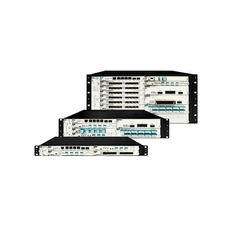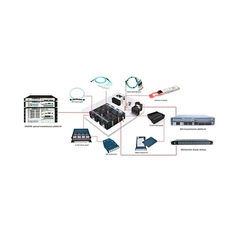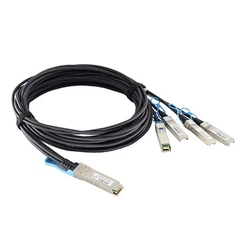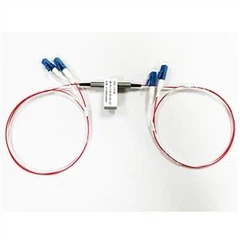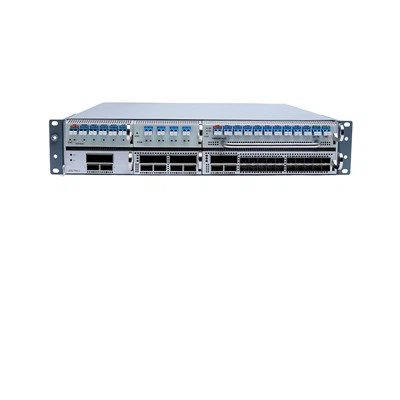An optical switch is a device that can selectively switch an optical signal from one circuit to another. In other words, the optical switch can transmit optical signals between different channels in the communication network. With the increasing popularity of the Internet and the telephone, the amount of communication network management data is also expanding. The optical switching technology makes full use of the capacity of the optical system and provides a perfect solution for optical communication.
Working principle and function of optical switch
We all know that when an optical signal is transmitted from one computer to another through a fiber optic network, it may be necessary to move the signal between different fiber paths. In order to achieve this, the switch needs to transmit the signal with minimum loss. Optical switch is a necessary technology. The optical switches we often see operate by mechanical methods that only move optical fibers or other optical components, but they can provide unprecedented high stability and unmatched low-cost performance.
Optical switches are mainly used to establish optical paths, and they have high scalability and highly reliable switching capacity. The following are the main functions of the optical splitter in the optical crossover network.
Optomechanical optical switch is an old-fashioned switch, but its most widely used. It can produce different optical path choices in multiple optical path segments oriented in different spatial directions. Therefore, the optomechanical optical switch can be used for multi-channel optical power monitoring in Ethernet, wide area network, switching multiple laser sources or optical receivers.
It is also widely used in optical fiber, component or system test and measurement and multi-point optical fiber sensing system. Generally, optomechanical optical switches have different configurations depending on the number of redirected signals. For example, 1×1, 1×2, 1×4, 1×16, etc. Simply put, the 1×8 optomechanical optical switch module connects optical channels by redirecting an input optical signal to a selected signal from 8 output fibers. This optical switch can achieve excellent reliability, insertion loss and crosstalk .


